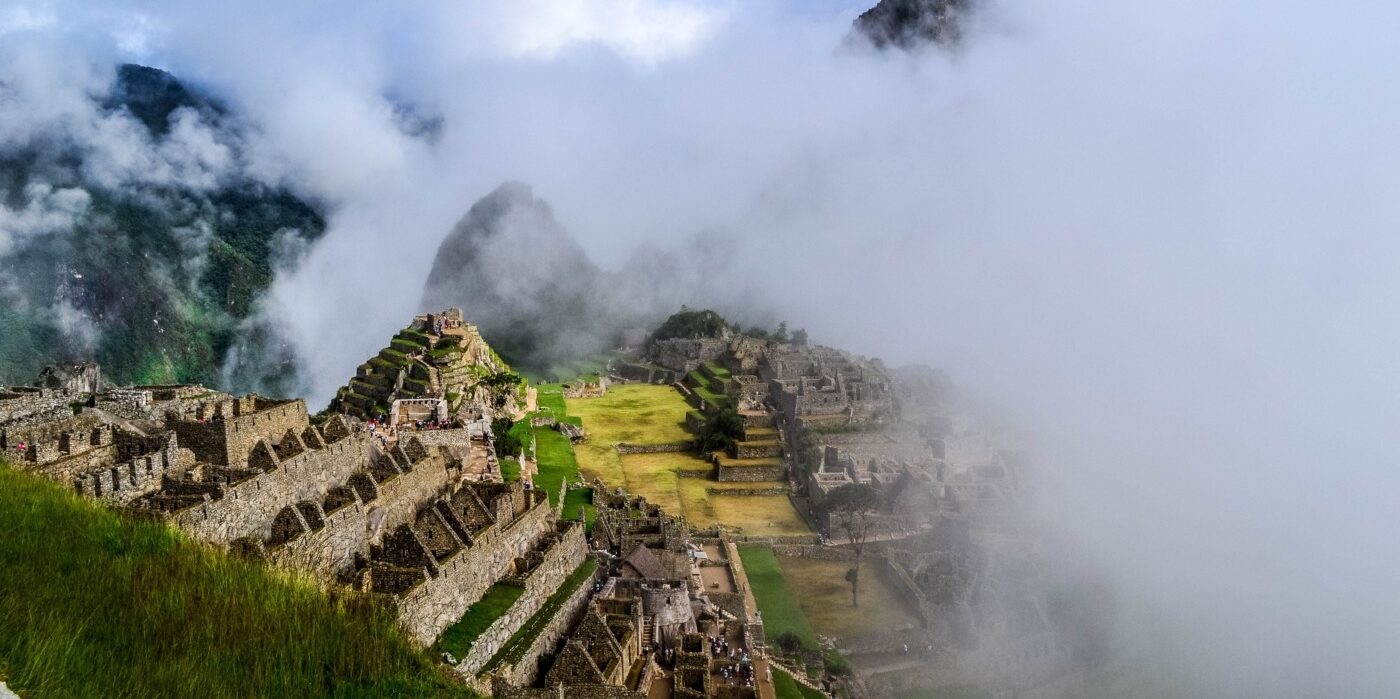TIME TRAVEL: Percy Fawcett and the lost city of Z
Often, the history of travel is intrinsically linked with exploration and discovery. We know celebrated names like Columbus and Marco Polo, but what of the explorers who never came back from their expeditions? This is what happened on the quest for the lost city of Z, and an explorer who aimed to make the greatest discovery of the century, but wound up providing a giant mystery instead.
The story begins with a man named Lieutenant Colonel Percy Fawcett. Born in 1867, Fawcett was commissioned by the Royal Artillery aged 19, and served in a number of countries around the world, including Hong Kong, Malta and Sri Lanka (then known as Ceylon). He also worked for the secret service in North Africa and for the War Office in Ireland, before heading to South America for the first time in 1906. His exploits there were used by Sir Arthur Conan Doyle as inspiration for the 1912 book The Lost World.
Fawcett was acting as an independent cartographer, tasked with creating a map of the border area between Brazil and Bolivia for the Royal Geographic Society. He made seven expeditions to the Amazonian jungle between 1906 and 1924 to complete mapping projects, with his exploration there halted only by the outbreak of World War One, in which he was awarded the Distinguished Service Order.
He came up with the idea that a mysterious lost city, which he called Z, existed deep in the Mato Grosso region of the Amazonian jungle
Like many of his contemporaries, Fawcett believed that native people were essentially ‘savages’, but he also held a unique position – that their ancestors had been the builders of sophisticated societies, full of treasure and culture. Spanish conquistadors had written about numerous large settlements in early histories of South America, and after discovering shards of delicate, ancient pottery in the jungle, Fawcett believed they were right. He came up with the idea that a mysterious lost city, which he called Z, existed deep in the Mato Grosso region of the Amazonian jungle, and would hold answers about pre-Hispanic civilisation.
According to a document known as Manuscript 512, a group of Portuguese explorers discovered the ruins of an ancient city deep in the province of Bahia in 1753. The existence of such ruins bolstered Fawcett’s belief in Z, and he made this lost city a secondary destination to locate after Z. However, when he tried to raise funds for the endeavour, he was met with derision from archaeologists and experts. They suggested that the Amazon simply couldn’t sustain the large-scale population Fawcett had suggested, and that he’d fallen for tall tales designed to impress European outsiders.
This is the last record of the party, none of whom were ever seen or heard of again
His first expedition to find Z took place in 1920. He embarked alone, accompanied by just pack animals. However, he was struck down by a debilitating fever and forced to shoot his animals, aborting the mission. A second mission to find the lost city departed in April 1925. This time, he had financial backing and two companions – his oldest son Jack, and Jack’s best friend Raleigh Rimell – and so Fawcett was optimistic. He wrote a letter on 29 May 1925 at a location called Dead Horse Camp, stating that he was planning to head into unexplored territory. This is the last record of the party, none of whom were ever seen or heard of again.
Two questions emerge from the tale: what happened to Fawcett, and might Z have been real? Volunteers attempted and failed to find the explorers (with up to 100 further deaths), happening upon some of Fawcett’s belongings in subsequent years, but it’s generally believed that the party was killed by local indigenous peoples. As for the city, Fawcett may have been off the mark, but only a little. In 1925, Europeans discovered the complex of Kuhikugu in the modern-day state of Mato Grosso, which included around 20 towns and was subsumed by the jungle in the 16th century. It’s likely that the pottery fragments came from here, the very region where Fawcett hoped he would find Z – his ill-fated quest was, ironically, close to success.

Comments